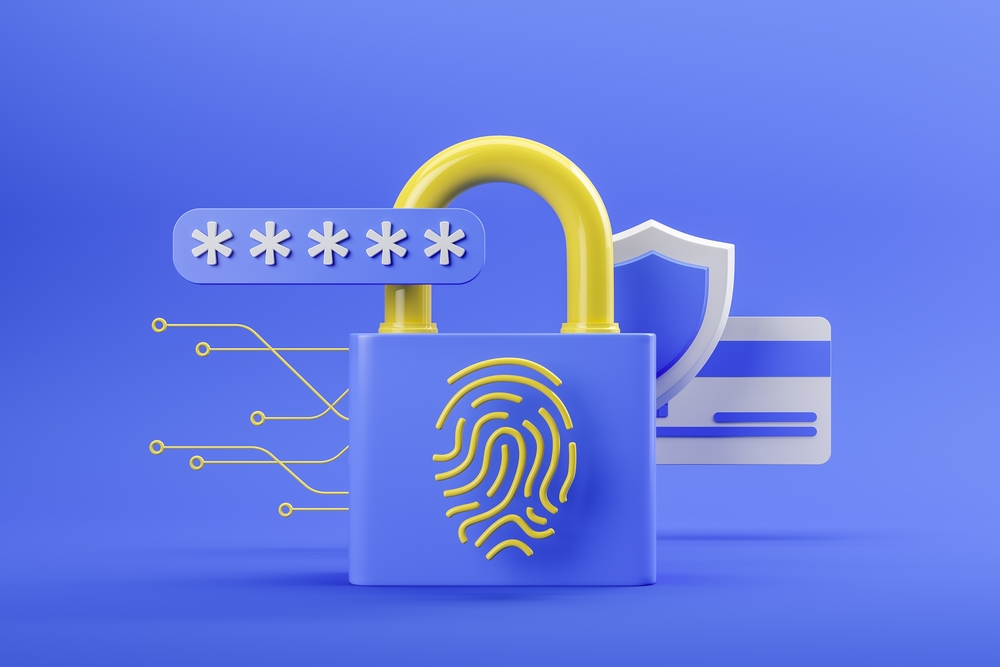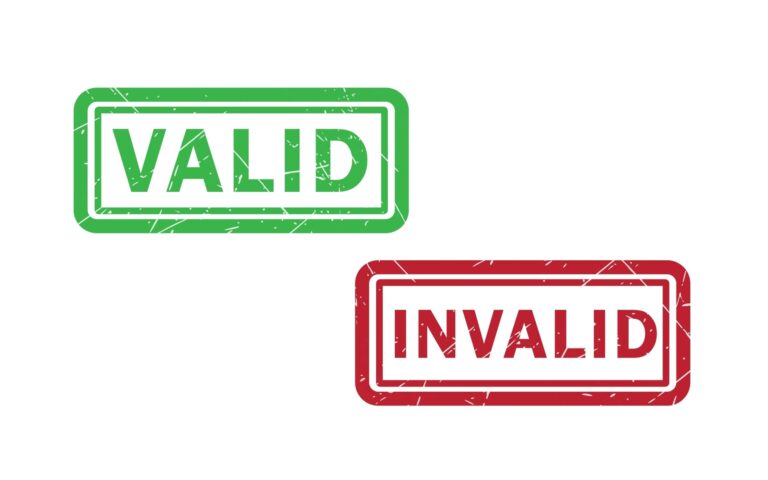Prevent Chargeback Fraud with New Secure Payment Authentication

Chargeback fraud and cybercrime are major risks for merchants and individuals. Fortunately, finance and tech experts continue to develop new tools, strategies, and services to combat criminal activity. Google Pay, a mobile payment system, has rolled out secure payment authentication services for merchants. The service will meet strong customer authentication requirements, as stipulated by European Union authorities, but also provides benefits for companies and customers worldwide.
Bolstering Security With Secure Payment Authentication
Google’s secure payment authentication acts as a streamlined Two-Factor Authentication system (2FA). Two-factor authentication has emerged as one of the best ways to prevent fraud and reduce chargebacks. Essentially, customers must provide at least one additional form of identification. This might mean entering a code sent to the cardholder’s phone or email account, for example.
Crucially, Google’s secure payment authentication aims to reduce friction and abandoned shopping carts. Another popular 2FA service, 3-D Secure (3DS), offers effective 2FA but the process is rather intensive, typically involving seven or more separate steps and taking nearly a minute to complete. Unfortunately, this complexity paves the way for abandoned shopping carts and annoyed customers. By simplifying the process, Google can help merchants increase sales and bolster customer satisfaction.
More specifically, Google’s secure payment authentication eliminates two of the biggest points of friction for 3DS, namely the 3DS handshake and the step up from the issuer. Google’s solution relies on biometrics rather than passwords, codes, secret questions, and the like. Biometrics increases security and is typically quite convenient for customers. For example, cardholders can simply place their finger on a fingerprint reader to confirm their identity. Essentially, biometrics requires little more than pushing a single button.
For fraudsters, simply stealing a credit card number will no longer be enough to conduct fraudulent transactions. Even if a criminal should have access to a specific phone or other device, they likely won’t have the biometric data needed to authenticate the purchase. Confidential data can also be stored and secured on the device, potentially making it less vulnerable to cyber attacks.
Cybersecurity will play a major role in chargeback prevention in the years ahead. Google’s recent moves will help the company compete against market leaders, such as Apple.
Closing the Gap with Apple
Apple already uses similar tools that rely on biometrics to authenticate customers. Besides Touch ID (essentially, a fingerprint reader), Apple also uses Face ID, enabling iPhones to quickly scan the user’s face to confirm their ID. For Apple’s users, these features not only increase security but also add a lot of convenience.
Google’s secure payment authentication offers a similar experience to Apple’s solutions for both merchants and customers. Rather than clunky 2FA systems that rely on plugging in codes or answering questions, users simply need to provide the biometric data. Ultimately, secure payment authentication will help narrow the security and convenience gap between Apple and Google.
Increased Security Goes Global
Traditionally, Apple’s authentication tools were limited to the Apple Pay system and its users. While iPhones account for nearly 60% of smartphones in the USA, compared to Google’s 40%, Android leads in many other markets. This has limited geographical penetration for many of Apple’s services, including Apple Pay. Further, Apple Pay is not available in many countries, which also curtails Apple’s global footprint. That said, Apple is planning to roll the features out on other platforms and browsers.
Google has been more proactive in seeking out partners, such as PIX and UPI. Google has, in some ways, been more aggressive about expanding its global reach. Still, both Apple and Google will likely seek to expand their footprint and usage. This includes not only geographically, but also in regard to working with other organizations.
Challenges Remain For Harmonizing Payments
While Google’s solution marks a major advance, challenges persist. Currently, many different parties are involved in the global payment system. Worldwide, payment systems, regulations, and rules are a bit of a hodgepodge. Unfortunately, complexity can stunt innovation, adoption, and convenience.
Further, economies of scale issues may raise costs and constrain profits. More coordination and effective governance could provide many benefits. Ultimately, trust and agreed-upon rules and protocols are crucial for cardholders, card issuers, merchants, and other stakeholders.
Take-Away: Increased Security Benefits Many Stakeholders
Cybercrime and fraud are major threats to merchants, cardholders, card issuers, and other stakeholders. While 2FA solutions, artificial intelligence, advanced fraud detection tools, proactive law enforcement, and other factors help control crime and ward off fraudsters, risks remain high. For merchants, criminal activity extracts a heavy toll, resulting in lost inventory, unhappy customers, chargebacks, and other penalties.
Google secure payment authentication and other forms of two-factor identification will help curb criminal activity. Further, using biometrics reduces friction between merchants and potential customers. Beyond boosting sales and profits, the right solutions can also increase convenience and customer satisfaction.
That said, scammers are constantly looking for and discovering ways to get around security systems. Fraud and chargebacks will remain a challenge and the landscape will continue to evolve. Merchants need to develop a robust, multipronged approach to combating criminal activities and other challenges, like chargebacks.
ChargebackHelp provides a variety of tools for fighting and preventing fraud and chargebacks. We also offer tools and services for preventing and deflecting legitimate chargebacks. By leveraging these chargeback management tools, merchants can protect their brand and bottom line.






